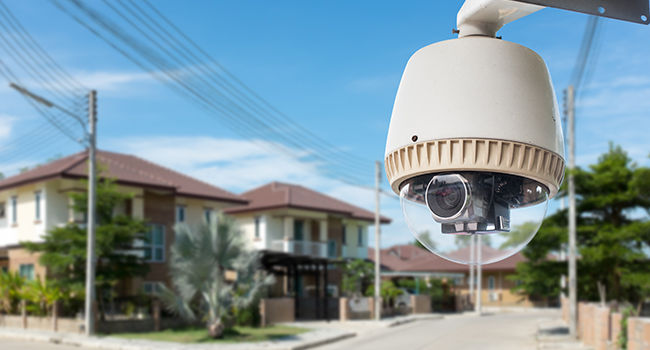
California PD Implements Surveillance Camera Registry Mapping System
In an effort to deter crime and expedite investigations, the Santa Maria Police Department invites residents to register their home surveillance cameras, and maps the location of every registered camera in the city
- By Jessica Davis
- Mar 14, 2019
Since it began its surveillance camera registry six months ago, the Santa Maria Police Department has added more than 80 homeowners and businesses and implemented a system mapping the location of each surveillance cameras throughout the city.
The program, which began last August, invites any business or homeowner with security cameras to register online with the city, providing the PD with their address, contact information and the number and kind of cameras they own. If police officers need access to any captured footage, they can contact the camera’s owner to request it.
The goal of the program and map is to deter crime and make investigations more efficient, according to St. Eligio Lara.
“It sends a strong message to the criminal element that the community and law enforcement are working as a team,” Lara said. “It’s not big brother watching you — it's neighbors watching out for each other.”
During the last two months, the police department has rolled out a mapping system that plots the location of each of the registered cameras, as well as 35 cameras owned by the city. The map color-codes the cameras to indicate whether they belong to a resident, a business or the city.
Based on the map, almost all of the city’s neighborhoods are covered by cameras registered with the police department. When a dot signifying a camera is clicked, it provides officers with the owner’s name, address and contact information.
Lara said the camera registry will help guide the beginning of police investigations.
“If we have a shooting, we’re going to canvas the area and go house by house,” Lara said. “But at the beginning, we’re going to look at this map and start there because we know there’s a camera there for sure. So that’s where we’re going to send officers to start off the investigation because, in investigations, the first 48 hours are the most important.”
Lara noted that when people register their cameras, it means they are likely to cooperate with the police.
“If people are willing to register them, more likely they are law enforcement supporters,” he said. “So it’s easier for us to work with them. Sometimes we find certain cameras but people don’t want to answer the door or this or that.”
Lara said the other law enforcement agencies have requested their help with investigations.
“[The California Highway Patrol] has already called about our registry system,” he said. “They were investigating an accident or something where the car went through Broadway and wanted to know which businesses to go to for footage.”
There are currently about 115 cameras registered and mapped, and Lara said the goal is to expand to more than 200 across the city.
“The technology is out there — let’s take advantage of it,” he said.
About the Author
Jessica Davis is the Associate Content Editor for 1105 Media.